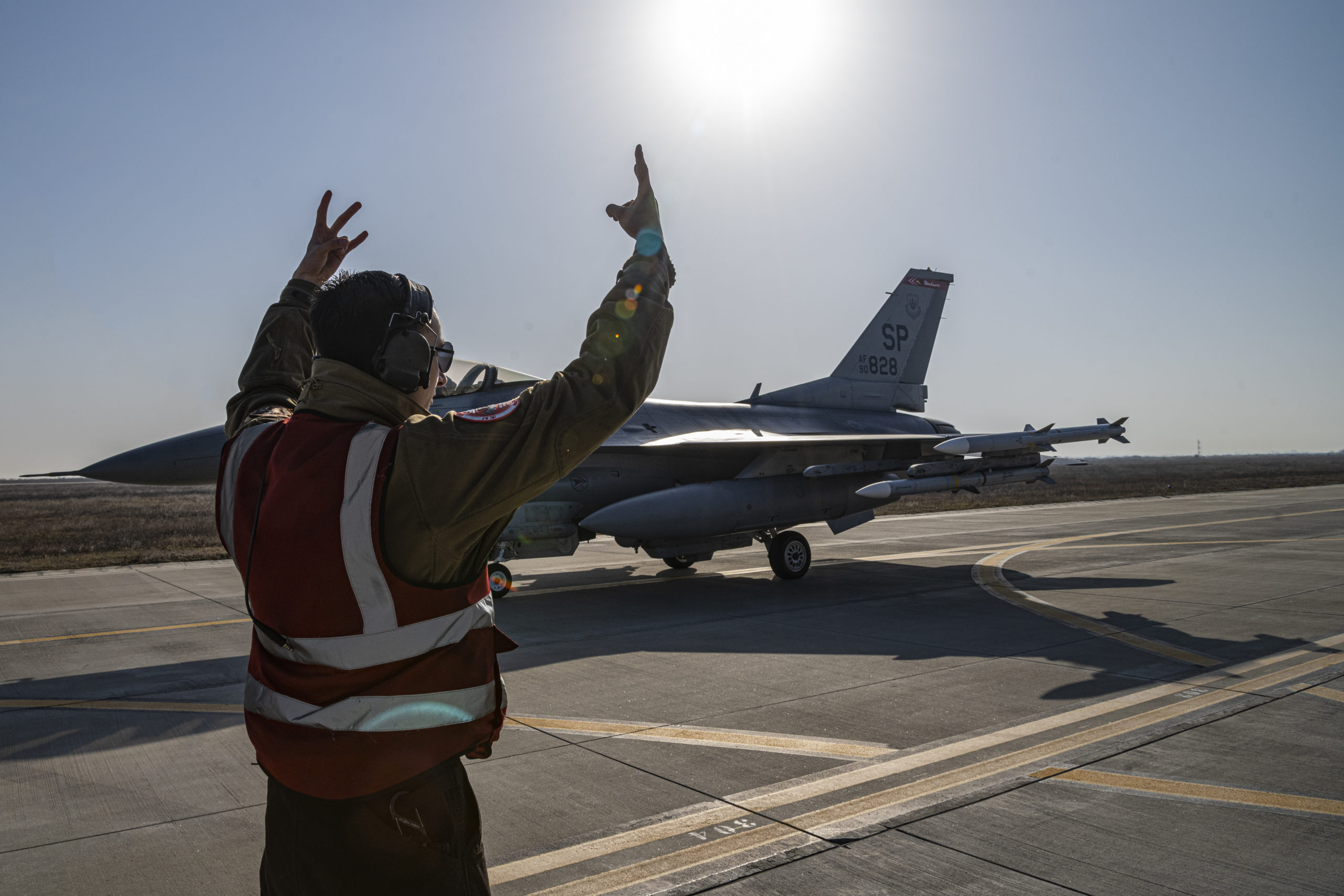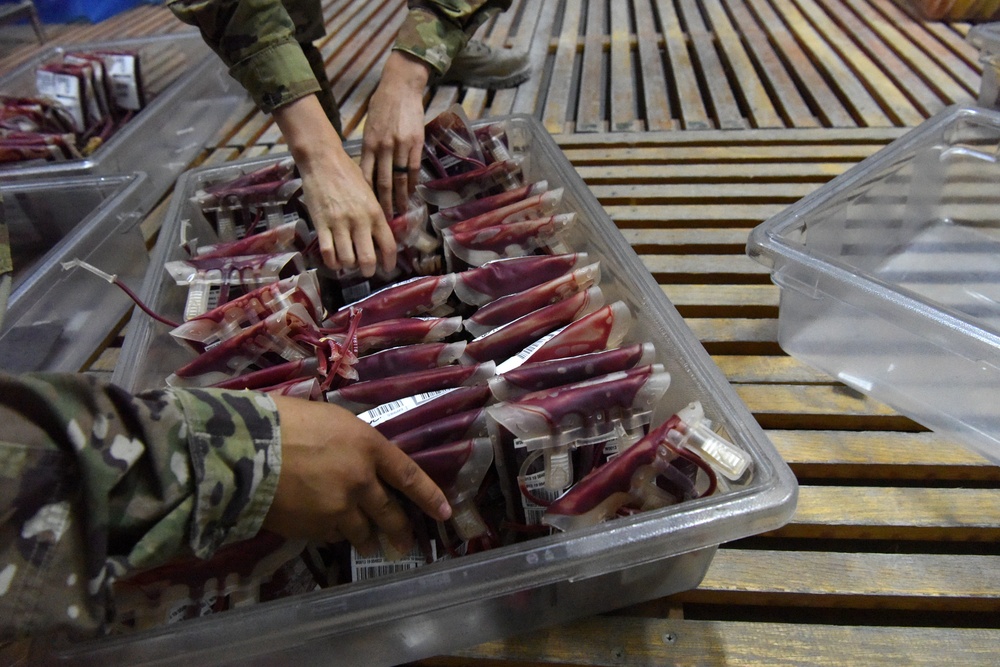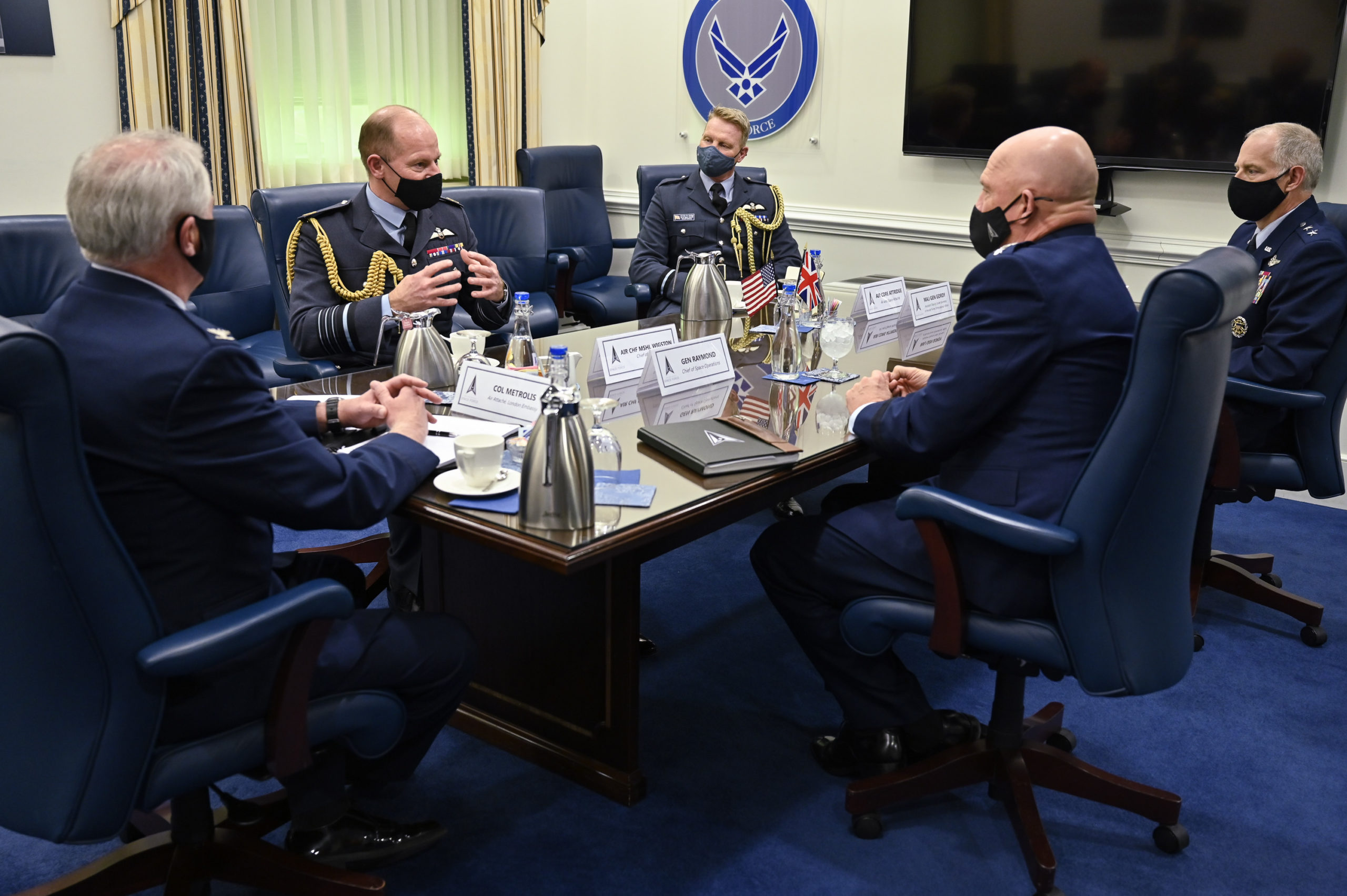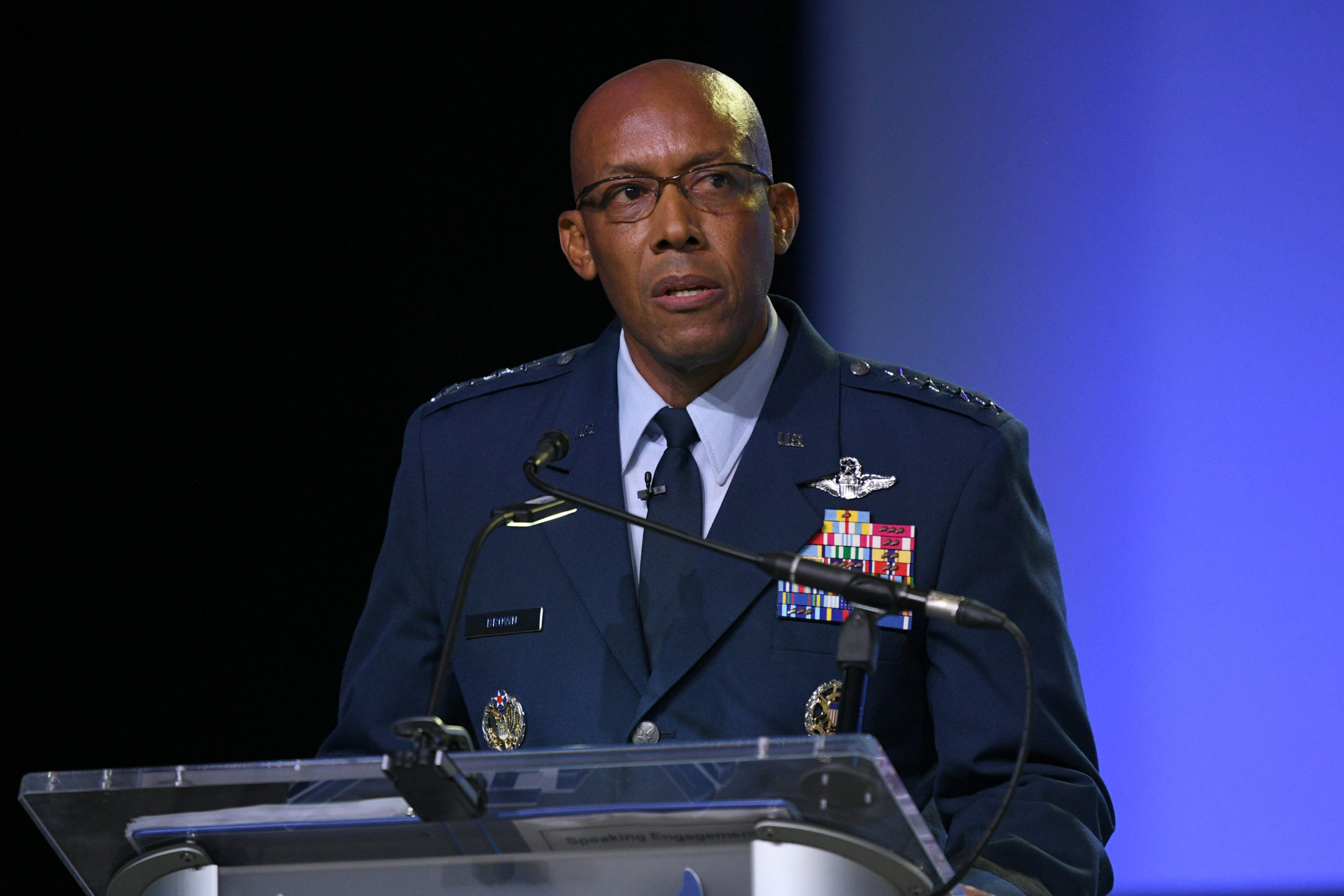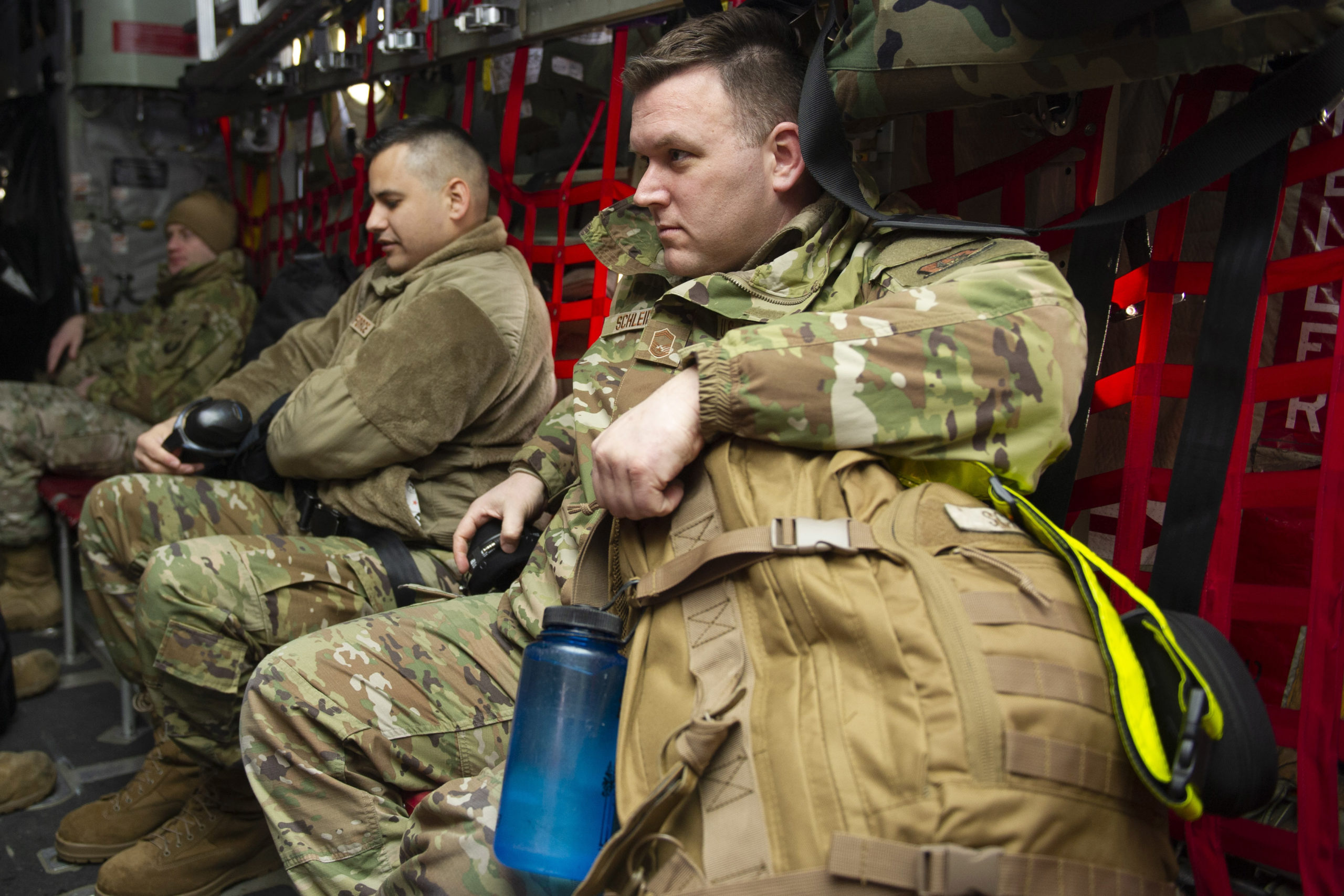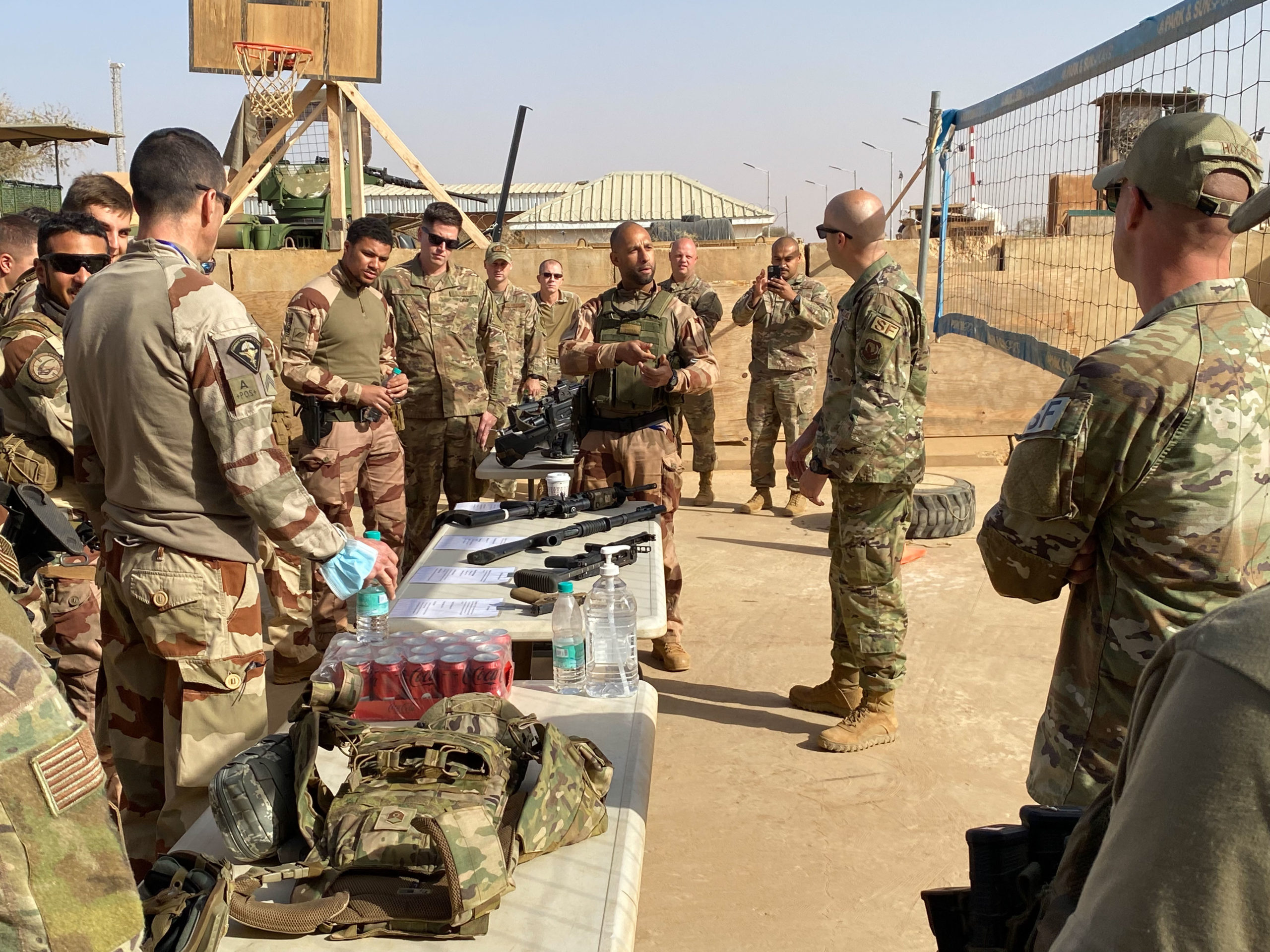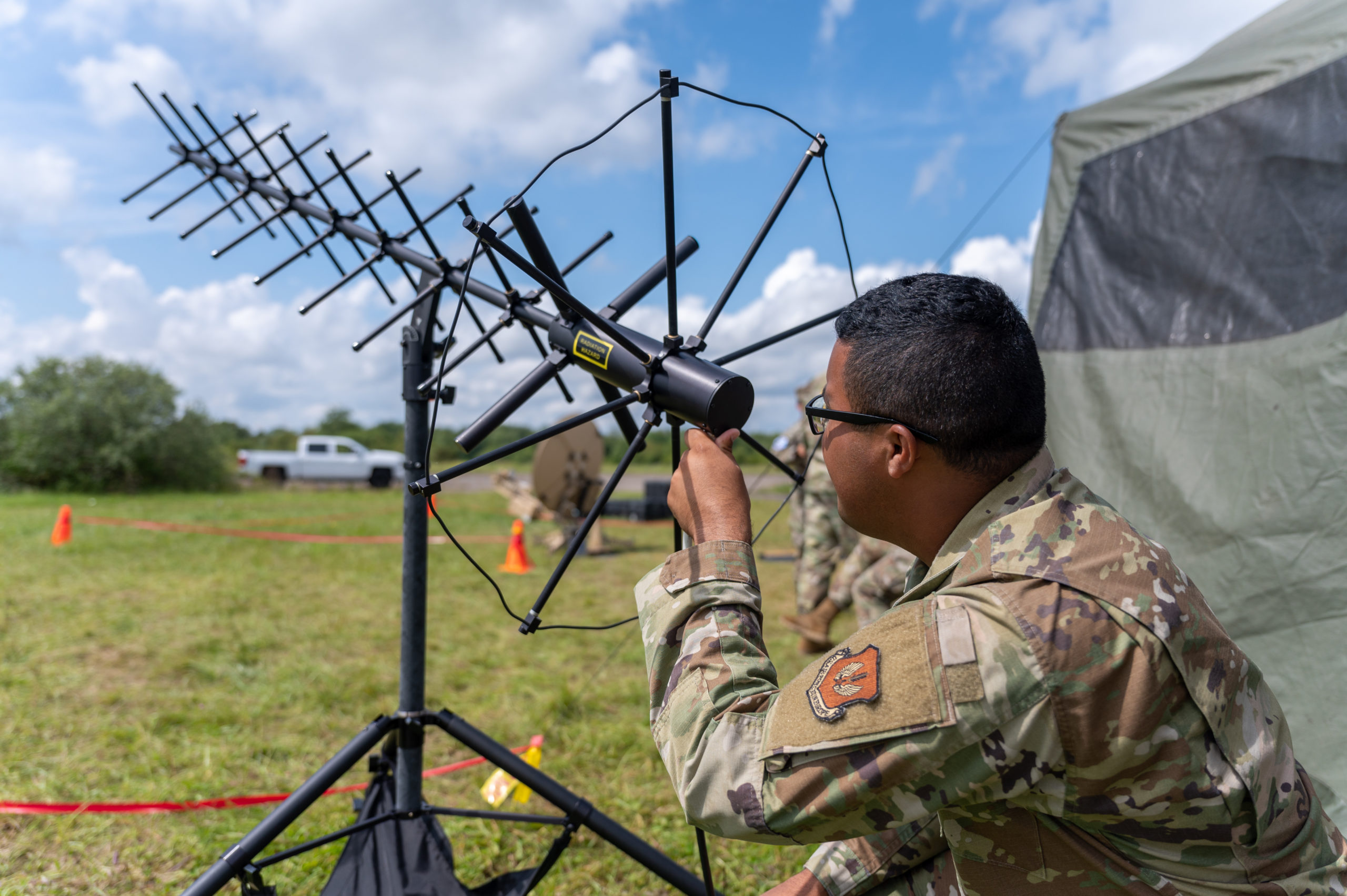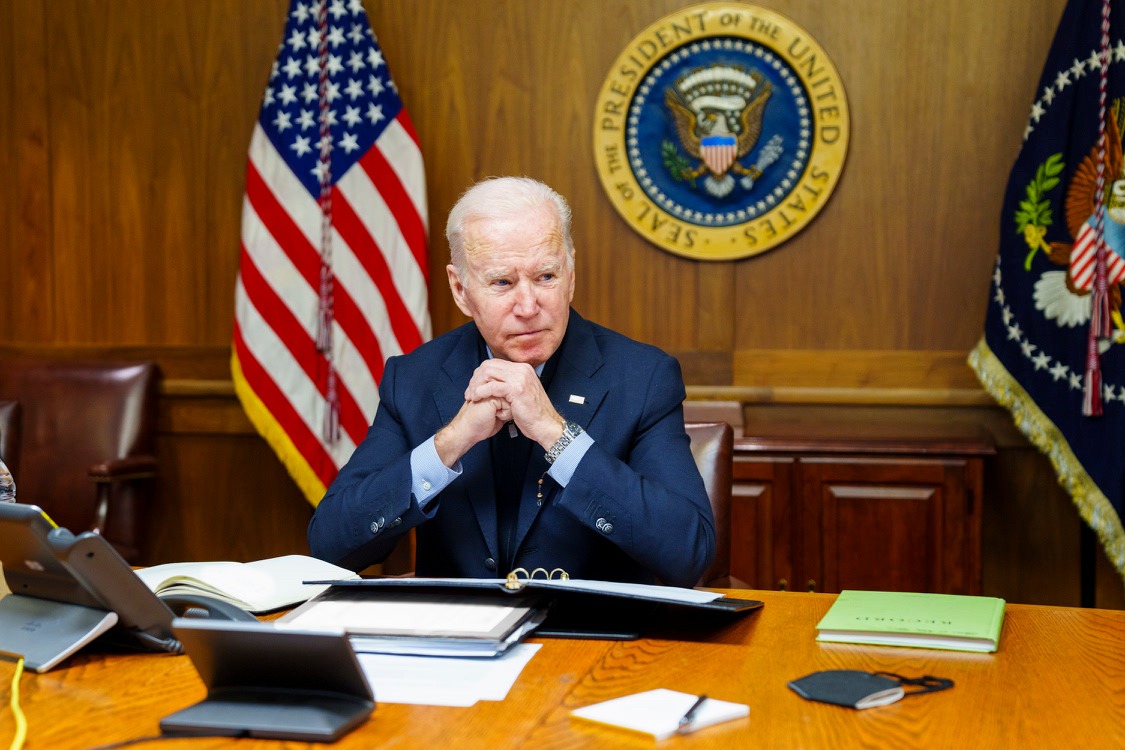Update: 12:22 a.m. Eastern time Feb. 24.
Reports of explosions in multiple Ukrainian cities coincided with a speech by Russian President Vladimir Putin televised early the morning of Feb. 24 in Ukraine. Putin threatened to levy “consequences you have never seen in history” against other countries that try to interfere, according to The Associated Press.
The AP reported that Putin encouraged Ukrainian troops to “immediately put down arms and go home.” A New York Times story quoted Putin as saying the goal is “demilitarization and denazification of Ukraine.” Both outlets reported explosions in the Ukrainian cities of Kyiv, Kharkiv, and Odessa.
Ukraine’s Minister of Foreign Affairs Dmytro Kuleba tweeted shortly before midnight Eastern time that “Ukraine will defend itself and will win. The world can and must stop Putin. The time to act is now.”
Acknowledging the invasion, White House Press Secretary Jen Psaki tweeted that Defense Secretary Lloyd J. Austin III, Chairman of the Joint Chiefs of Staff Gen. Mark A. Milley, Secretary of State Antony J. Blinken, and National Security Adviser Jake Sullivan had briefed Biden on “the ongoing attack on Ukraine by Russian military forces.”
The White House published a statement in which President Joe Biden said Putin had “chosen a premeditated war that will bring a catastrophic loss of life and human suffering,” pledging:
“The world will hold Russia accountable.”
The statement promised Biden would “speak to the American people” Feb. 24 and “announce the further consequences the United States and our Allies and partners will impose on Russia for this needless act of aggression against Ukraine and global peace and security.”
Editor’s note: This story was updated at 6:50 p.m. Eastern time Feb. 23 to add information from the Pentagon press secretary, the Biden administration, and the former ambassador to Ukraine.
The Defense Department said Feb. 23 that 80 percent of Russian forces surrounding Ukraine are poised to begin a full-scale invasion, with 24 warships in the Black Sea and 120 battalion tactical groups at the ready. A senior DOD official also warned that the intelligence picture in Ukraine will get less clear if Russia invades further and that the department is exploring alternate ways to provide defense assistance to the country should air space be denied.
Pentagon Press Secretary John F. Kirby would not confirm reports that intelligence officials had informed Ukrainian President Volodymyr Zelensky that an invasion would happen within 48 hours of the morning of Feb. 23, saying only that Putin was “ready.”
“What that action is going to be and exactly on what timeline, we can’t be sure,” Kirby said at a press briefing that afternoon.
A NATO official, however, said an invasion could happen at “any moment.”
“Hostilities are likely to break out in any moment in the current situation,” the NATO official told Air Force Magazine.
The official said there has been a constant exchange of intelligence from the Joint Intelligence Security Division, but the North Atlantic Council, the decision-making body of permanent NATO representatives, has not been briefed by U.S. intelligence recently.
The senior DOD official seconded the assessment that an invasion could happen at any moment.
“They can go at any hour now,” the official told Pentagon journalists in an off-camera gaggle Feb. 23. DOD has also learned that Putin has called up reserve troops to support a potential invasion of Ukraine.
“We do have indications that they plan to use reserves and their equivalent of the National Guard, and that’s concerning,” the official said. “The implication would be that they have long-term goals here. You don’t call up a reserve force or a guard force like that if you’re not planning to be somewhere for a while.”
Russian forces are believed to number up to 190,000 troops, with high-end capabilities including fighter aircraft, air defenses, artillery, and electronic warfare capabilities, in addition to field hospitals, blood supplies, and command and control. Tens of thousands of Russian troops have also indefinitely extended their stay in Belarus, just 100 miles from the Ukrainian capital, Kyiv. The decision prompted President Joe Biden on Feb. 22 to order additional reinforcements to NATO’s eastern flank Allies.
The repositioning includes up to eight F-35s from Germany to several operating locations along NATO’s northeastern and southeastern borders. In addition, an infantry battalion task force of approximately 800 personnel will move from Italy to the Baltics; an attack aviation battalion of 20 AH-64 helicopters will move from Germany to the Baltic region; and an attack aviation task force of 12 AH-64 helicopters will move from Greece to Poland.
The Pentagon did not provide an update on the deployment of the new forces, and U.S. Air Forces in Europe and U.S. European Command did not immediately respond to inquiries from Air Force Magazine seeking a status update.
The new deployments are in addition to a total of 24 F-15s and F-16s deployed on air policing missions to Poland and Romania, Army Stryker units deployed to Romania and a planned Stryker deployment to Bulgaria; and 4,700 troops from the 82nd Airborne Division deployed to Poland.
The Ukraine crisis escalated Feb. 21 when Russian President Vladimir Putin recognized the independence of the separatist-controlled territories of Donetsk and Luhansk in southeastern Ukraine and sent troops and tanks across the border in what he called a “peacekeeping” force.
Blunting an Invasion
The Biden administration immediately condemned Putin’s recognition of the territories’ independence and subsequent Russian troop movements and announced limited sanctions for officials in the disputed region Feb. 21. President Biden announced more forceful sanctions the following day that targeted two large Russian banks, Russian sovereign debt, and several oligarchs close to Putin.
Former U.S. ambassador to Ukraine John E. Herbst told Air Force Magazine the initial measures were weak, but he commended Biden’s additional sanctions.
“I just don’t understand why they came out with the sanctions on Monday, which made us look like wusses,” Herbst told Air Force Magazine. “I was very pleasantly surprised with the inclusion of sovereign debt.”
The administration went even further Feb.23, announcing sanctions on the company and corporate officers responsible for operating the Nord Stream 2 pipeline, effectively freezing a project that would bring billions of dollars in gas revenue to Russia once operational.
German Chancellor Olaf Scholz blocked certification of the pipeline Feb. 22 following the Russian entry into Ukraine. Biden’s move will be harder to undue, Herbst said.
“It’s, well, not 100 percent—but, like, 80 percent—that Nord Stream 2 is truly dead,” the former ambassador said, citing Biden’s authority to waive sanctions in the future.
Herbst, now senior director of the Atlantic Council’s Eurasia Center, has observed Putin’s brinkmanship for years and studied closely his most recent military buildup and noticed his “unwillingness to pull the trigger.”
“Putin thus far has been a calculating and relatively cautious risk taker,” Herbst said, noting that Putin has backed away from his own ultimatums and deadlines.
“The big invasion that the administration has been hyping—and I assume that’s based upon real intelligence—is still something which is outside of Putin’s modus operandi,” Herbst added.
Then Putin acted differently.
On Feb. 21, in a speech that launched the military operations in Donetsk and Luhansk, Putin rejected Ukraine’s territorial integrity in “very belligerent rhetoric and arguments.”
“Maybe he isn’t the old Putin,” Herbst said. “Maybe now he’s willing to just pull the tablecloth off the table.”
